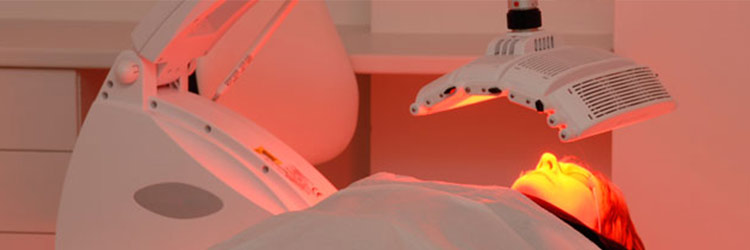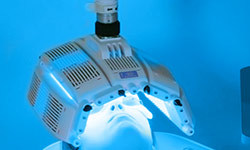Did you know, the procedure that helps combat acne, clinically treat psoriasis and tackle skin damage is called Photodynamic Therapy. It has proven ability to kill microbial cells, including bacteria, fungi and viruses. Besides, it is used to treat malignant conditions such as skin (but not melanoma), head & neck, mouth, lung and gullet cancers.
So, What is photodynamic or PDT skin treatment?
Photodynamic therapy (PDT) is a medical treatment that utilizes a photosensitizing molecule (frequently a drug that becomes activated by light exposure) and a light source to activate the applied drug.
What are the steps involved?
PDT essentially involves 3 steps:
- Application of photosensitizer drug
- Incubation period
- Light activation
First, a light-sensitizing liquid or cream (photosensitizer) is applied. Second, there is an incubation period, anywhere between minutes to days. Finally, the target tissue is exposed to a specific wavelength of light that activates the photosensitizing medication.
PDT or (Blue Light Treatment) for skin cancer

Blue Light Therapy for acne
It uses light to treat uncontrollable acne, including acne vulgaris. The special blue light kills the bacterium growing inside clogged pores that eventually swell up to form pimples on the skin.
What are the side-effects?
- You may become sensitive to light for a while and will need to take precaution when stepping out in daylight or when exposed other bright lights.
- PDT when used to destroy the tumour, may also cause burns, swelling, pain and scarring in nearby healthy tissues.
- Plus, other side effects of Photodynamic Light Therapy include coughing, trouble swallowing, stomach pain, painful breathing or shortness of breath.
However, these side effects are usually temporary.
So, what does the future hold for PDT, you ask? Studies are underway to improve the effectiveness of PDT and expand it to other cancers. Clinical trials are being conducted to evaluate its uses for cancers of the brain, skin, prostate, cervix and more.















